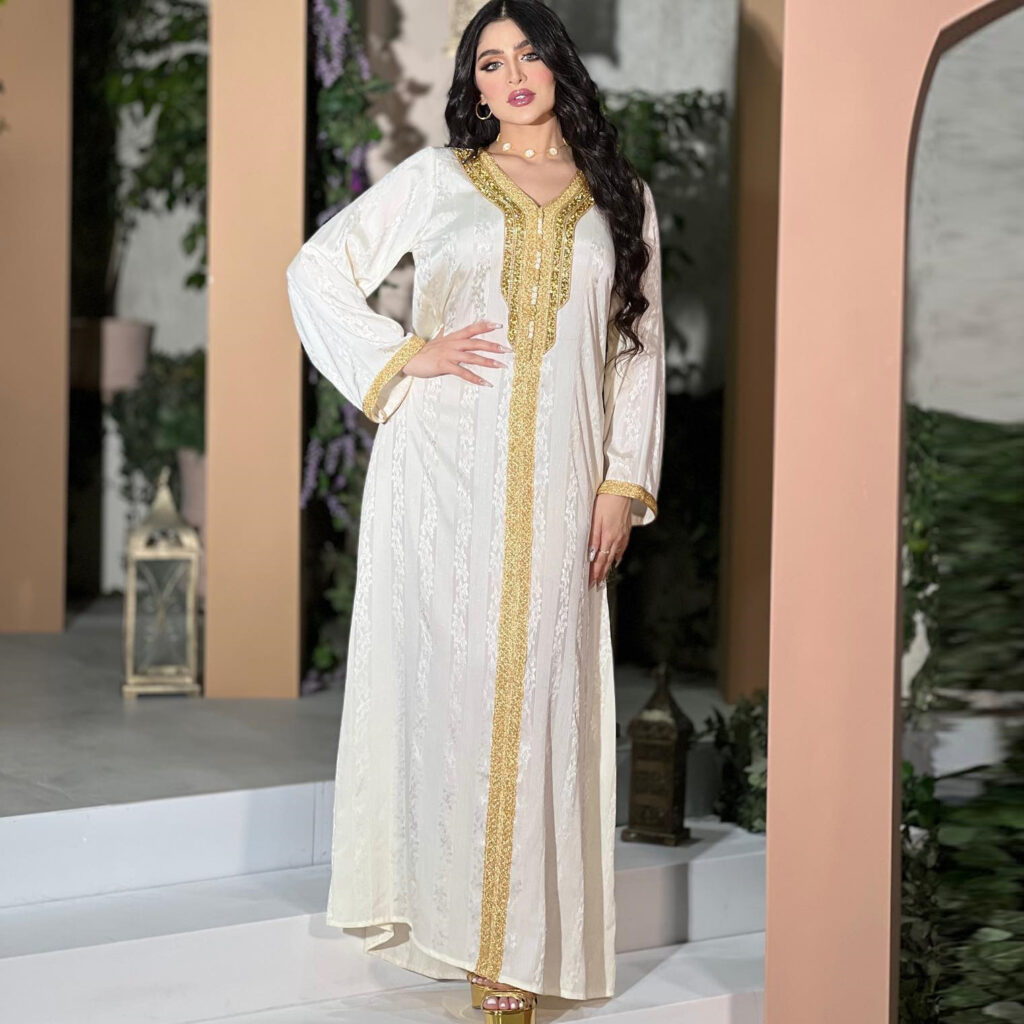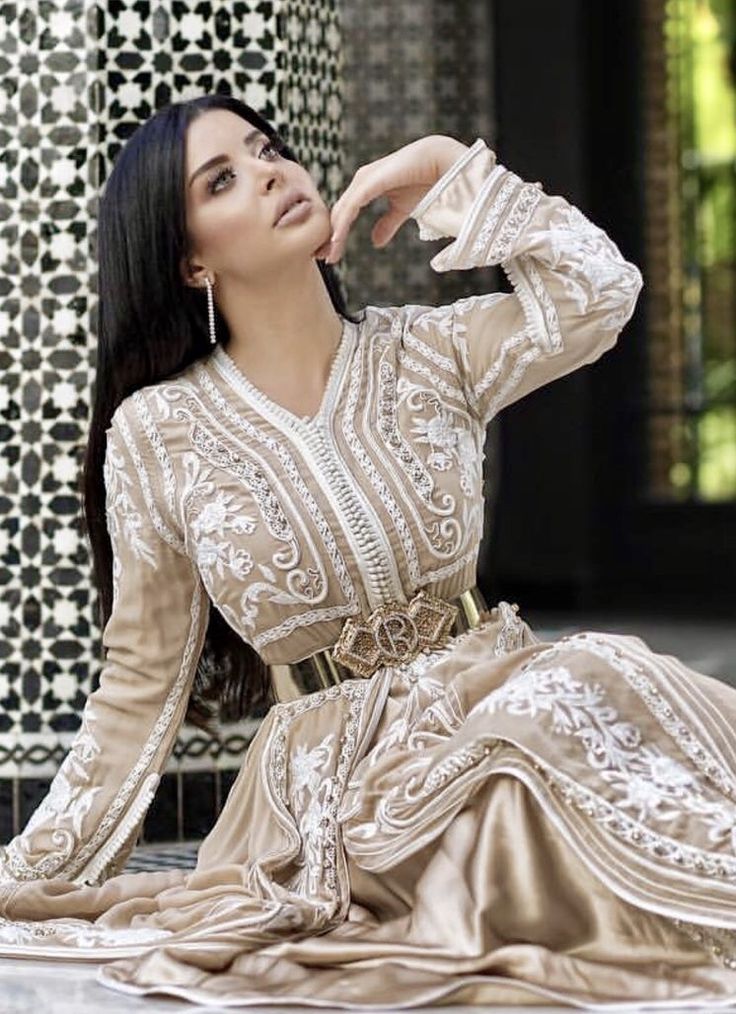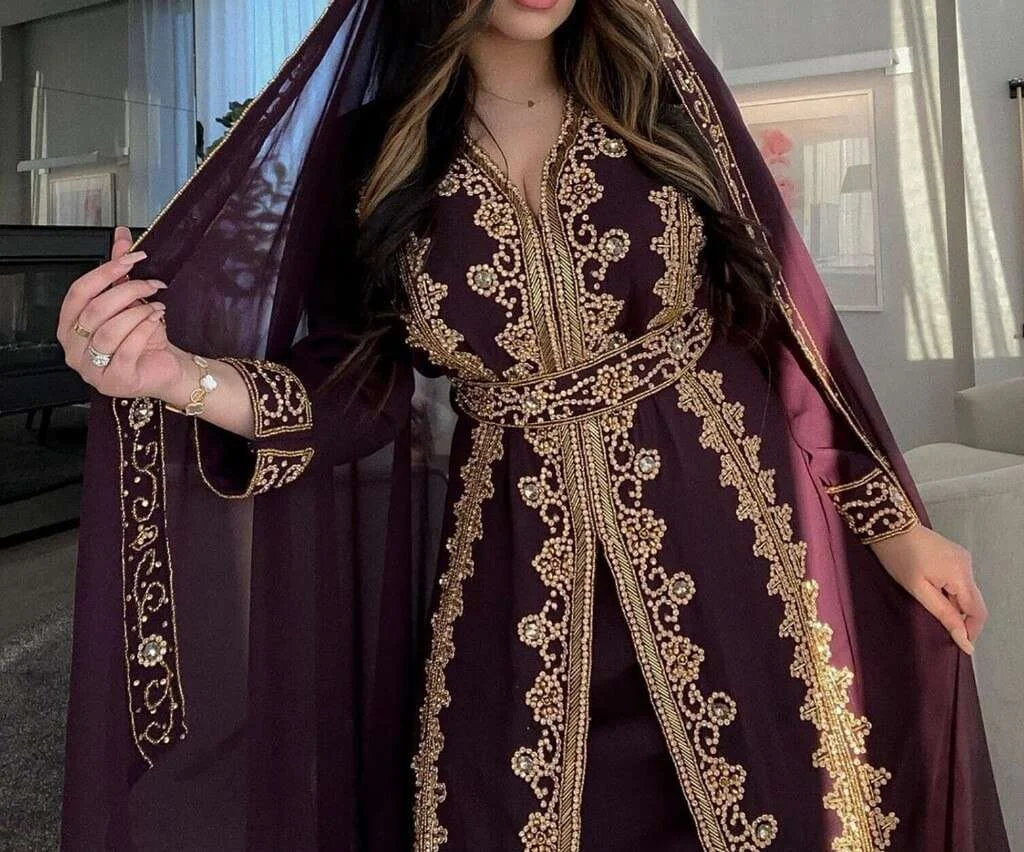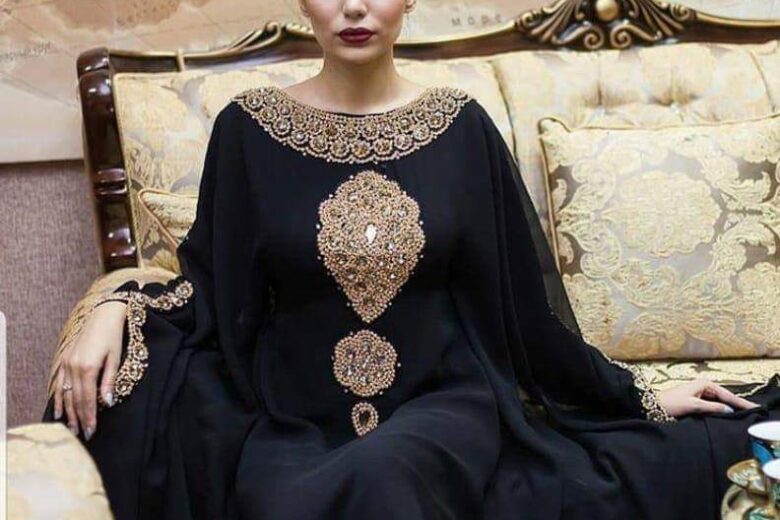Moroccan kaftans are more than just a piece of clothing; they embody centuries of culture, artistry, and tradition. This stunning garment has made its way from the bustling markets of Morocco to fashion runways around the world. With their vibrant colors and intricate designs, kaftans have captured the hearts of many.
Whether you’re looking for something elegant for a special occasion or simply want to embrace bohemian chic in your daily wardrobe, Moroccan kaftans offer versatility like no other. Their flowing silhouettes make them comfortable and flattering on various body types. If you’re curious about this beautiful attire’s rich history, diverse styles, materials used in crafting them, and tips on how to find the perfect one for yourself — then keep reading!

The Rich History and Cultural Significance of Kaftans in Morocco
Kaftans have deep roots in Moroccan culture, tracing back to the 8th century. Initially worn by royalty and nobility, they symbolized elegance and status. The garment was a display of wealth, often adorned with intricate embroidery and luxurious fabrics.
As time evolved, kaftans became accessible to all strata of society. They transformed into everyday wear while retaining their festive flair during special occasions like weddings and religious celebrations.
Each region in Morocco boasts its unique spin on the kaftan. This diversity reflects local traditions, colors, and craftsmanship. Artisans pour their heart into every stitch, ensuring that each piece tells a story.
Beyond fashion, kaftans represent unity within Moroccan identity. They embody a fusion of Berber, Arab, and Andalusian influences—a testament to the country’s rich historical tapestry and cultural mosaic.
Different Styles and Designs of Moroccan Kaftans

Moroccan kaftans come in a stunning array of styles and designs, each reflecting the rich culture and artistry of Morocco. Traditional kaftans often feature intricate embroidery and vibrant colors that capture attention.
One popular style is the classic floor-length version, perfect for formal occasions. These are frequently adorned with beautiful motifs and embellishments, showcasing skilled craftsmanship.
Another variation is the more contemporary short kaftan, which offers a breezy look suitable for casual outings or beach days. Lightweight fabrics make these ideal for warmer climates.
Additionally, there are variations depending on the region. For example, Fes-style kaftans tend to emphasize bold patterns while Marrakechi pieces might showcase simpler yet elegant silhouettes.
Regardless of style, each kaftan tells a story through its design choices—making them not just garments but wearable art pieces that connect wearers to Moroccan heritage.
Materials Used in Making Kaftans

When it comes to Moroccan kaftans, the choice of materials plays a crucial role in their beauty and comfort. Traditional fabrics like silk and satin are popular for their luxurious feel and elegant drape. These materials can add a touch of opulence to any occasion.
Cotton is another favored option, especially for everyday wear. It’s breathable and lightweight, making it ideal for warm climates. Many artisans also use linen, which offers durability while maintaining a relaxed aesthetic.
Embellishments often feature prominently in kaftan design. Hand-stitched embroidery or delicate beadwork showcases the skill of local craftsmen. This attention to detail elevates each piece into wearable art.
Additionally, some contemporary designs incorporate modern fabrics such as chiffon or jersey blends for versatility. Each material contributes uniquely to the overall look and function of the kaftan, reflecting both tradition and innovation in Moroccan fashion.
How to Choose the Perfect Moroccan Kaftan
Choosing the perfect Moroccan kaftan requires a blend of personal style and understanding of the garment’s intricacies. Start by considering your body type. Flowy designs can complement curvier figures, while tailored cuts may suit slender silhouettes.
Next, pay attention to color and pattern. Bold hues and intricate embroidery are often characteristic of traditional kaftans, while modern interpretations might feature minimalist designs. Choose what resonates with you personally.
Don’t overlook sizing; it should feel comfortable but not overly loose. A well-fitted kaftan enhances your silhouette without sacrificing comfort.
Think about the occasion. Casual gatherings call for lighter fabrics and simpler styles, whereas formal events allow for more lavish embellishments and rich materials. Each choice contributes to making a distinctive fashion statement that reflects your individuality.
Where to Buy Authentic Moroccan Kaftans

For those seeking authentic Moroccan kaftans, the journey can be as rewarding as the garment itself. Start by exploring local markets in Morocco. Souks, especially in cities like Marrakech and Fez, offer a vibrant array of designs and styles.
Online platforms also provide access to genuine pieces. Websites specializing in Moroccan fashion often collaborate with local artisans. This ensures that each kaftan reflects traditional craftsmanship.
Check out boutiques that focus on imported goods from Morocco. These shops frequently curate collections featuring unique textiles and intricate embroidery.
Social media is another excellent avenue for discovery. Many artisans showcase their work on Instagram or Facebook, allowing you to purchase directly from them while supporting small businesses.
Consider attending cultural festivals where merchants highlight their crafts—these events often feature stunning selections of kaftans woven into the fabric of Moroccan culture.
Caring for and Styling Your Kaftan
Caring for your Moroccan kaftan ensures it remains a cherished part of your wardrobe. Always check the care label before washing. Hand washing in cold water is often recommended to maintain its vibrant colors and intricate designs.
When storing, hang your kaftan on padded hangers to prevent creasing. If you prefer folding, lay it flat with acid-free tissue paper between layers to avoid wrinkles.
Styling a kaftan can be effortless yet chic. For a casual look, pair it with sandals and minimal jewelry. When dressing up for an event, opt for statement accessories and heels to elevate the ensemble.
Don’t shy away from layering! A fitted belt can accentuate your waist while adding structure. Experiment with different fabrics underneath—like a simple turtleneck—to transition into cooler weather seamlessly. Enjoy personalizing your style while celebrating this beautiful garment’s rich heritage!
By JobHijra

